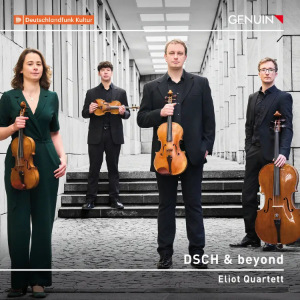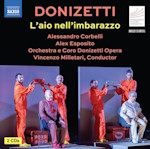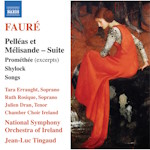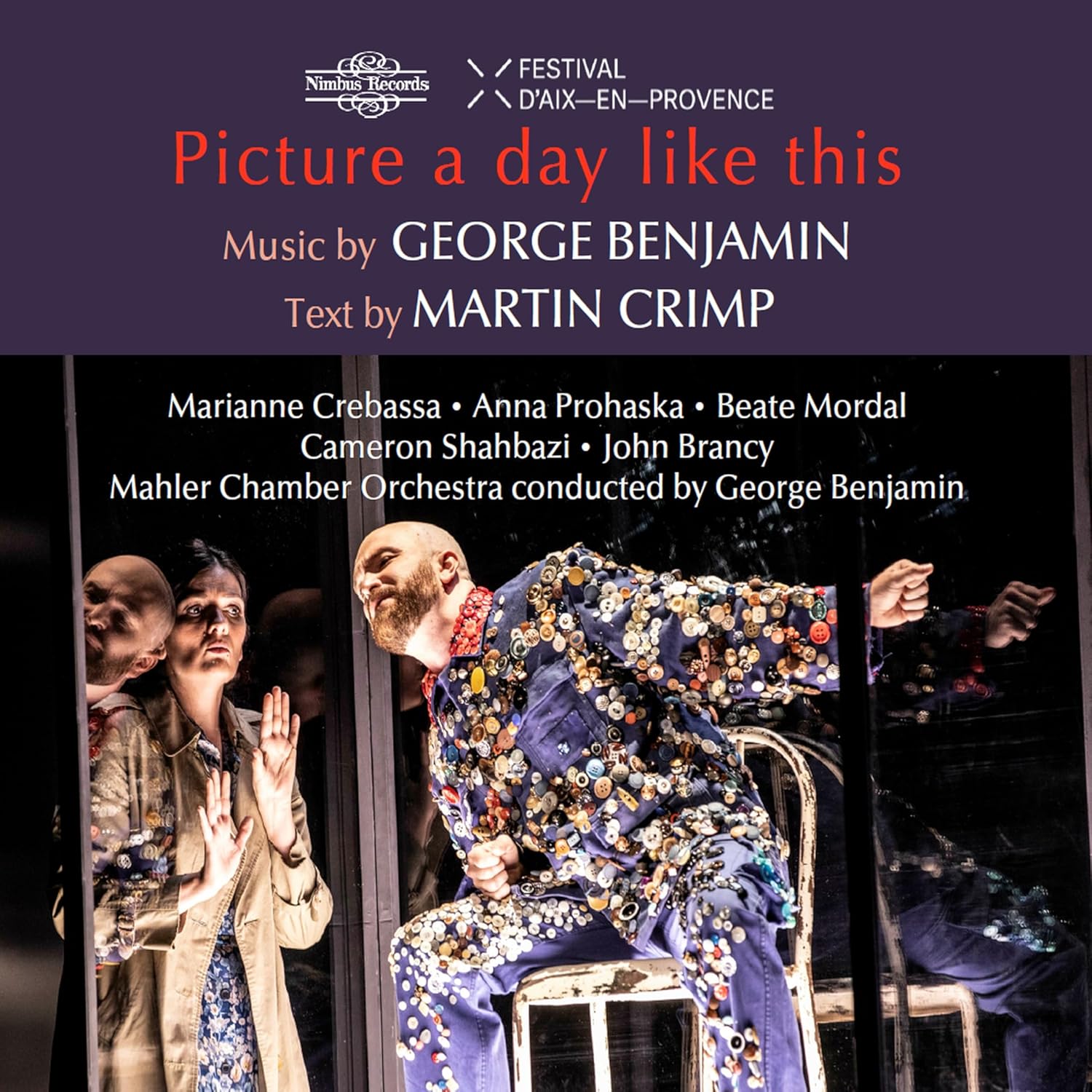
DSCH & beyond
Dimitri Shostakovich (1906-1975)
String Quartet No 3 in F Major, Op. 73 (1946)
String Quartet No 8 in C minor, Op. 110 (1960)
Krzysztof Meyer (b. 1943)
Au-delà d’une absence Op. 89 (1997)
Eliot Quartett
rec. 2024, Festburgkirche, Frankfurt, Germany
Genuin GEN25919 (82)
This disc from the Eliot Quartett consists of two Shostakovich Quartets, Nos. 3 and 8, which frame a fascinating work by the Polish composer Krzysztof Meyer, Au-delà d’une absence. As a young man Meyer knew Shostakovich and visited him on occasion. His last visit was in Spring 1974 when Shostakovich was already very ill. Shostakovich told Meyer he was thinking about his Quartet No. 15, which at the time he planned as a ‘big Adagio’ (it ended up as a six movement work). Meyer asked him if was also considering a Quartet No. 16. Shostakovich said he was. It would have three movements, with a ‘singable’ second movement and a double fugue in the finale. Having said this, he played to Meyer one of the themes of the fugue.
It’s an extraordinary reminiscence and one which obviously haunted Meyer to the extent that just over twenty years later, he decided to write the ‘Quartet No 16’. He had the information Shostakovich had given him above and had presciently notated the fugue subject immediately after that last meeting. He also knew, from Shostakovich’s plan to write 24 quartets in all the major and minor keys, that the Quartet No. 16 would have been based in B major. From that came what he calls the ‘hypothetical’ sixteenth quartet. ‘written entirely in the style of Shostakovich, using the most characteristic features of his music’. The Eliot Quartett’s inclusion of it on this album is welcome and inspired.
It’s important to say from the outset that what Meyer has written is not pastiche. It’s an original and interesting composition in its own right. It absolutely uses Shostakovian vocabulary and grammar but I wonder if listening to it without prior knowledge one would definitively identify Shostakovich as the composer. Even if one did, I would wager that it wouldn’t be tagged as late Shostakovich. It’s more obviously tonal and formally conventional than a lot of the late quartets, closer to the soundworld of the first five. It’s extremely well played here. The Eliots are obviously immersed in the idioms and sonorities of the Shostakovich Quartets and their performance of the Meyer is authoritative with a feel of genuine spontaneity. I can report that the melody in the second movement absolutely is singable, complete with Russian folk inflections. They dispatch the fugue in the last movement with clarity and passion and their handling of the muted conclusion is perfectly judged. Meyer’s exquisitely crafted dying away of the music in this coda feels utterly Shostakovian.
Like the Eighth Symphony which preceded it by three years, the Quartet No 3, which opens the recital, has five movements. The similarities don’t end there and the Eliot’s performance shows a real understanding of the work’s architecture. The Haydnesque melody which opens the first movement is played with relish and they are incisive once more in the fugue which follows. I love the wit and increasing sarcasm with which they play the two scherzo-like middle movements and their account of the central Adagio is revelatory. They adopt a slightly quicker tempo in this movement than some quartets and the sense of momentum that brings is welcome: we’re not sinking deeper into some sort of anguished vortex here as one can feel in some performances. A lot of the credit for this belongs to the Eliot’s First Violin, Maryana Osipova, who plays the lament at the start of the movement with sensitivity but never sentimentality and her dialogue with the other members of the group is compelling to behold. The feeling of movement towards a possible resolution is sustained into the finale, but the Eliot’s playing also has a fragility and nervous energy which is disturbing and atmospheric.
There is another fine recent performance of the Quartet No 3. by the Cuarteto Casals on Harmonia Mundi (HM902731.2). They have a degree more snap to their playing in the second and third movements and dwell on the Adagio a bit more. Their finale seems to me a little more endued with hope than the Eliot’s. Two valid and interesting interpretations, which further my perception that we are in a happy time of ‘peak Shostakovich’ for recordings of the quartets.
The String Quartet No. 8 is probably the best known of all fifteen quartets, its popularity and recognition increased by the arrangement for string orchestra by Rudolf Barshai. The famous ‘DSCH’ motif seems to dominate this work more than any other of the composer’s and the Eliot’s use it as their cue and constant waymark for a visceral interpretation, especially the explosion which is the Allegro molto second movement, here thrilling and devastating in equal measure. The final two movements, both marked Largo, are beautifully realised, the acerbic edge of the fourth giving way to a desolate poignancy in the fifth.
An excellent recital then. I would want this for the Meyer alone but the two Shostakovich quartets are also very fine performances. Meyer himself contributes the booklet notes and the Genuin engineers have delivered first class sound.
Dominic Hartley
Buying this recording via a link below generates revenue for MWI, which helps the site remain free




















